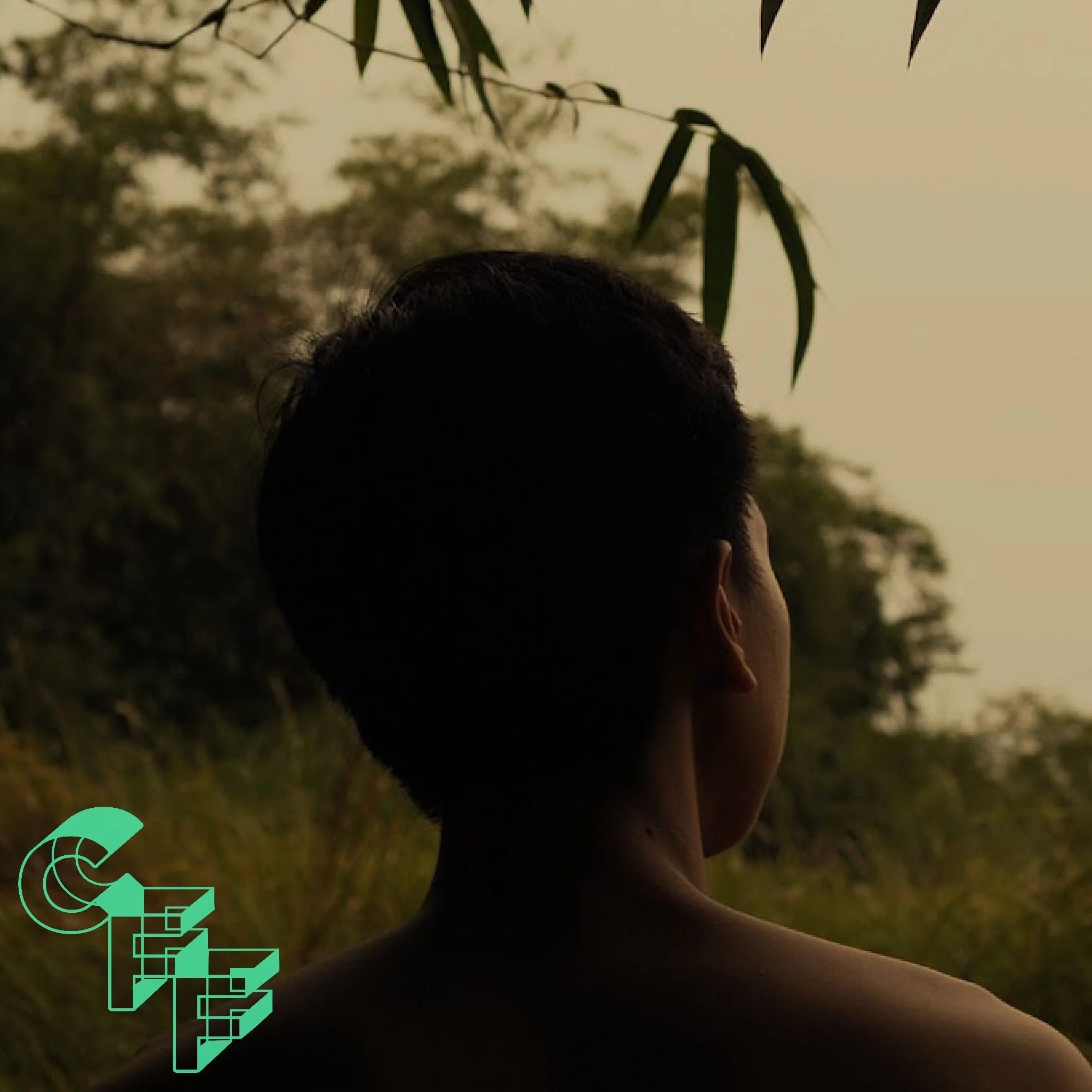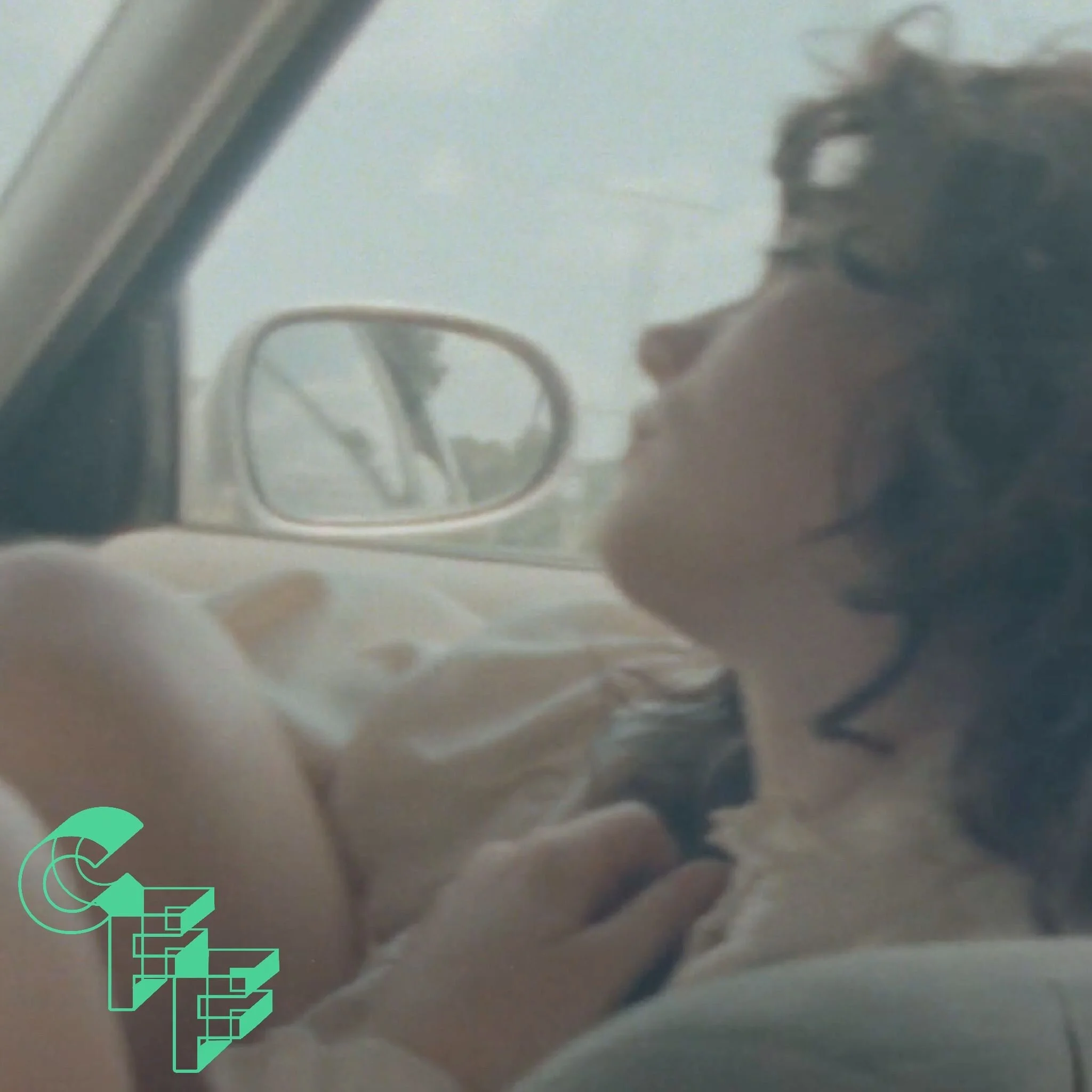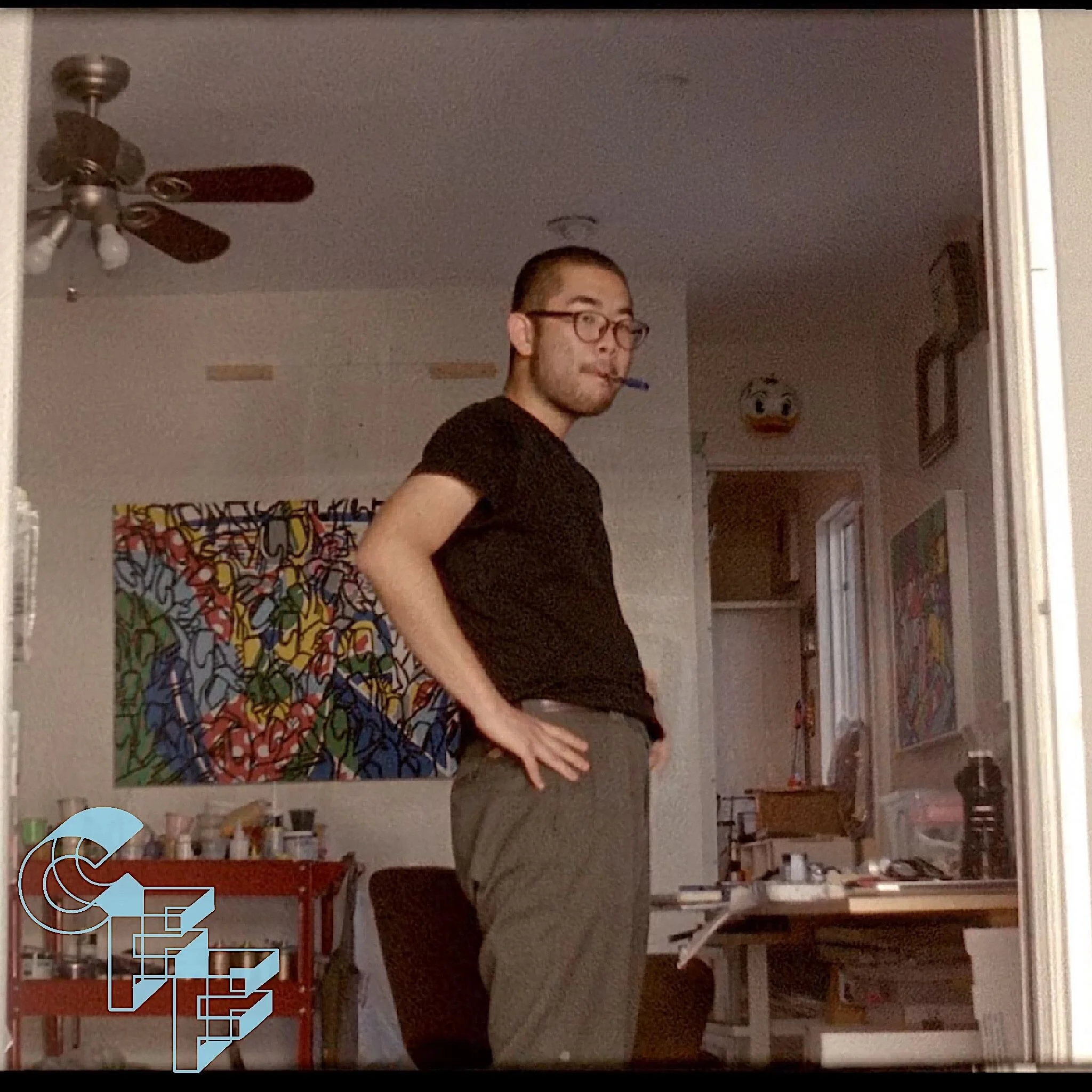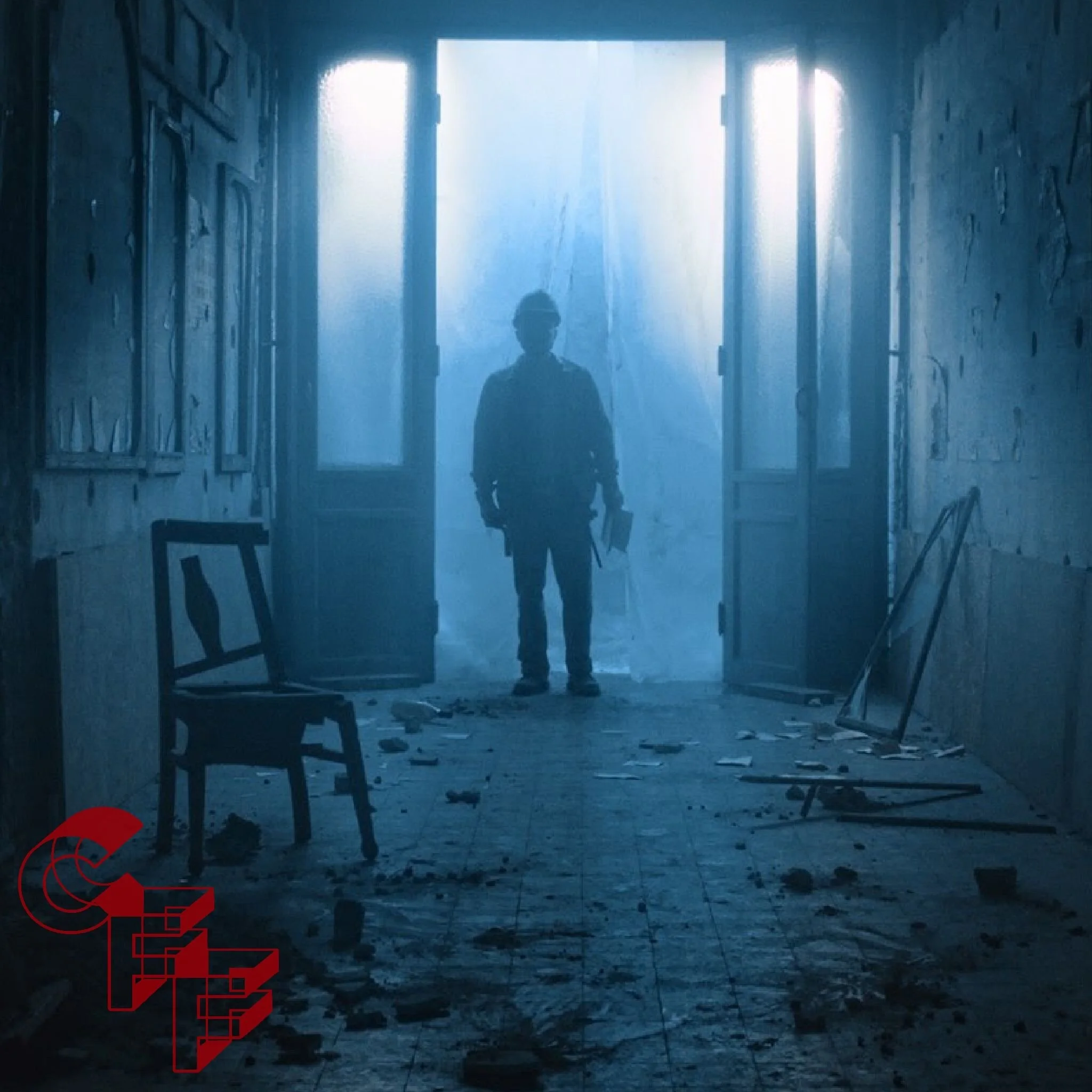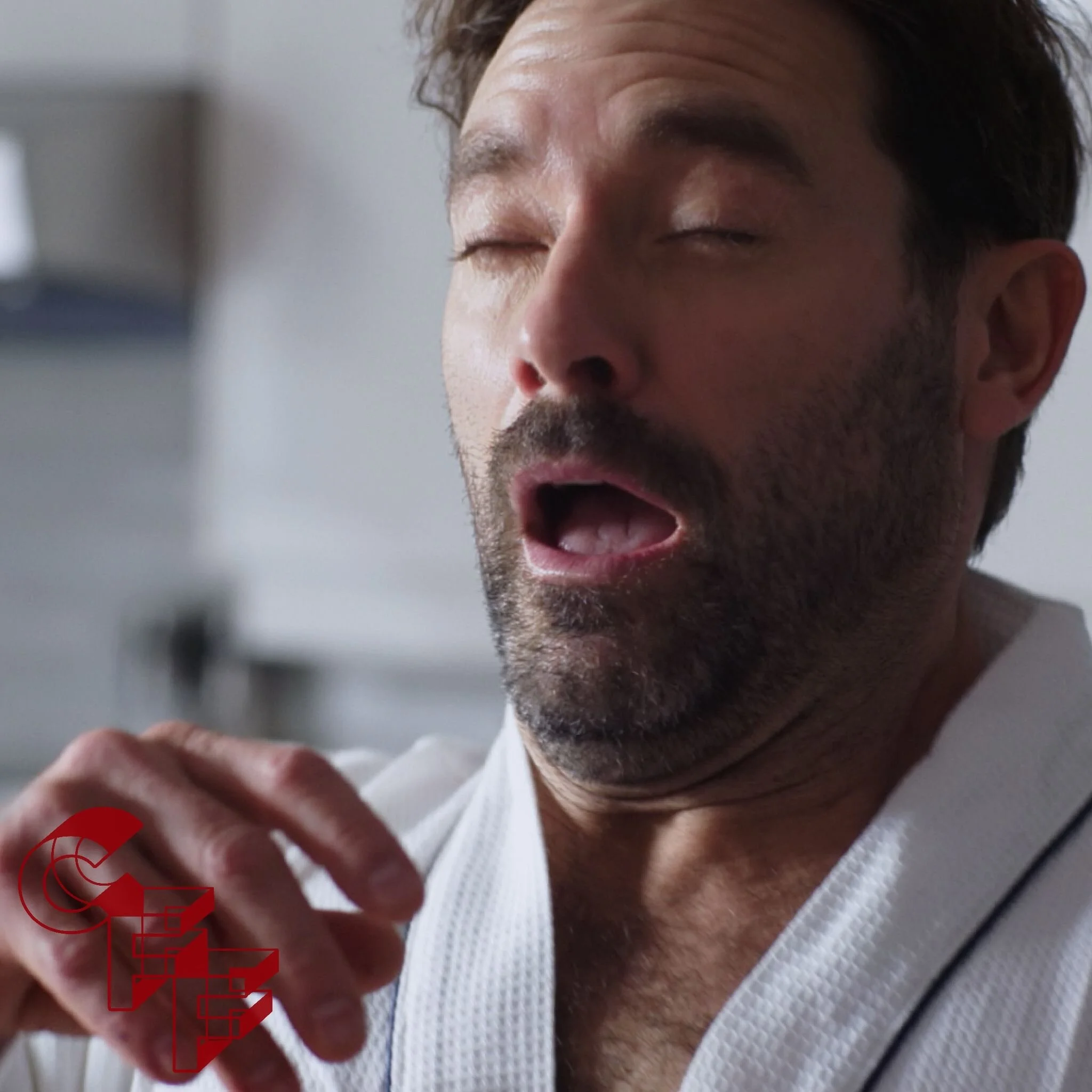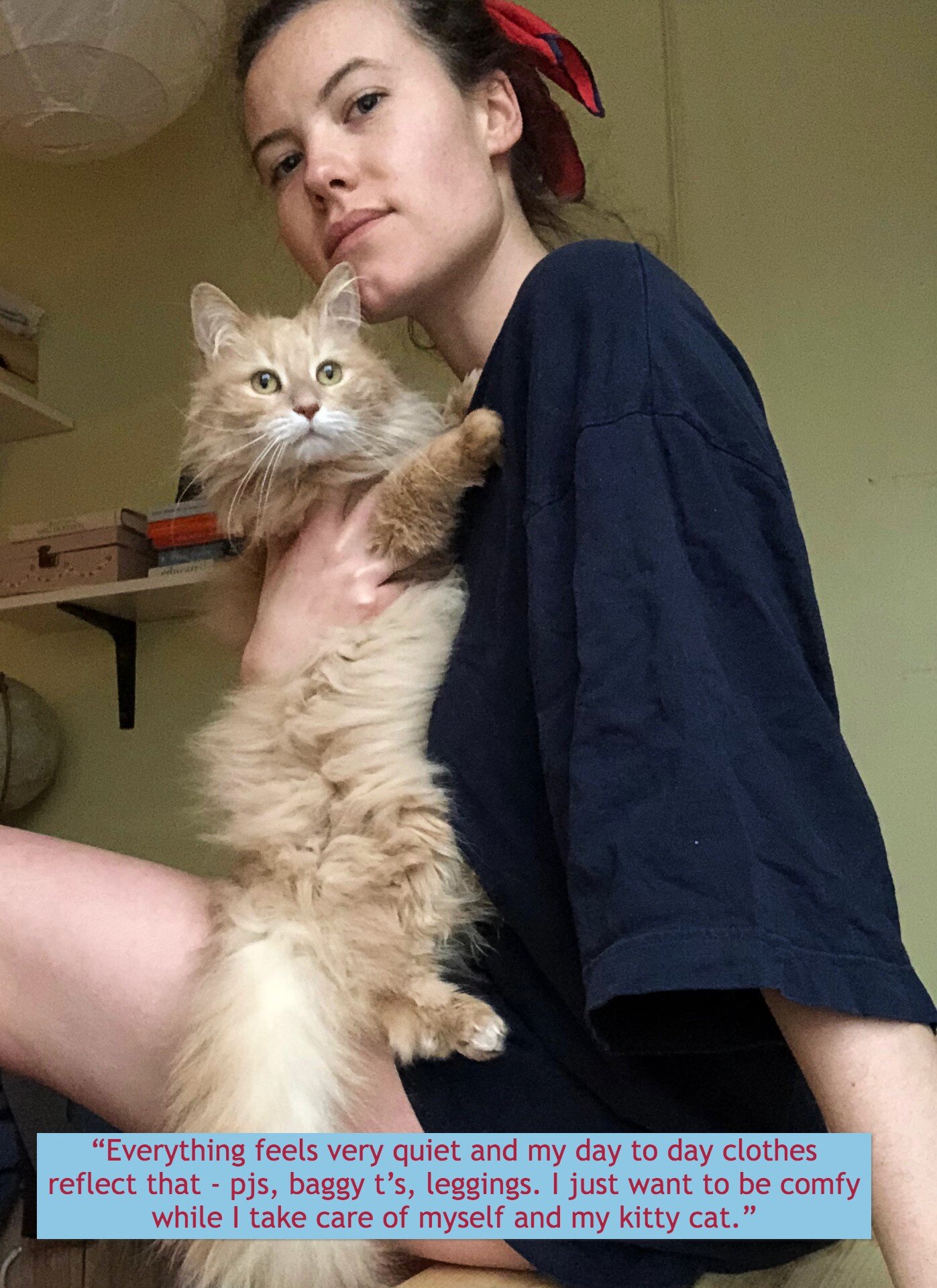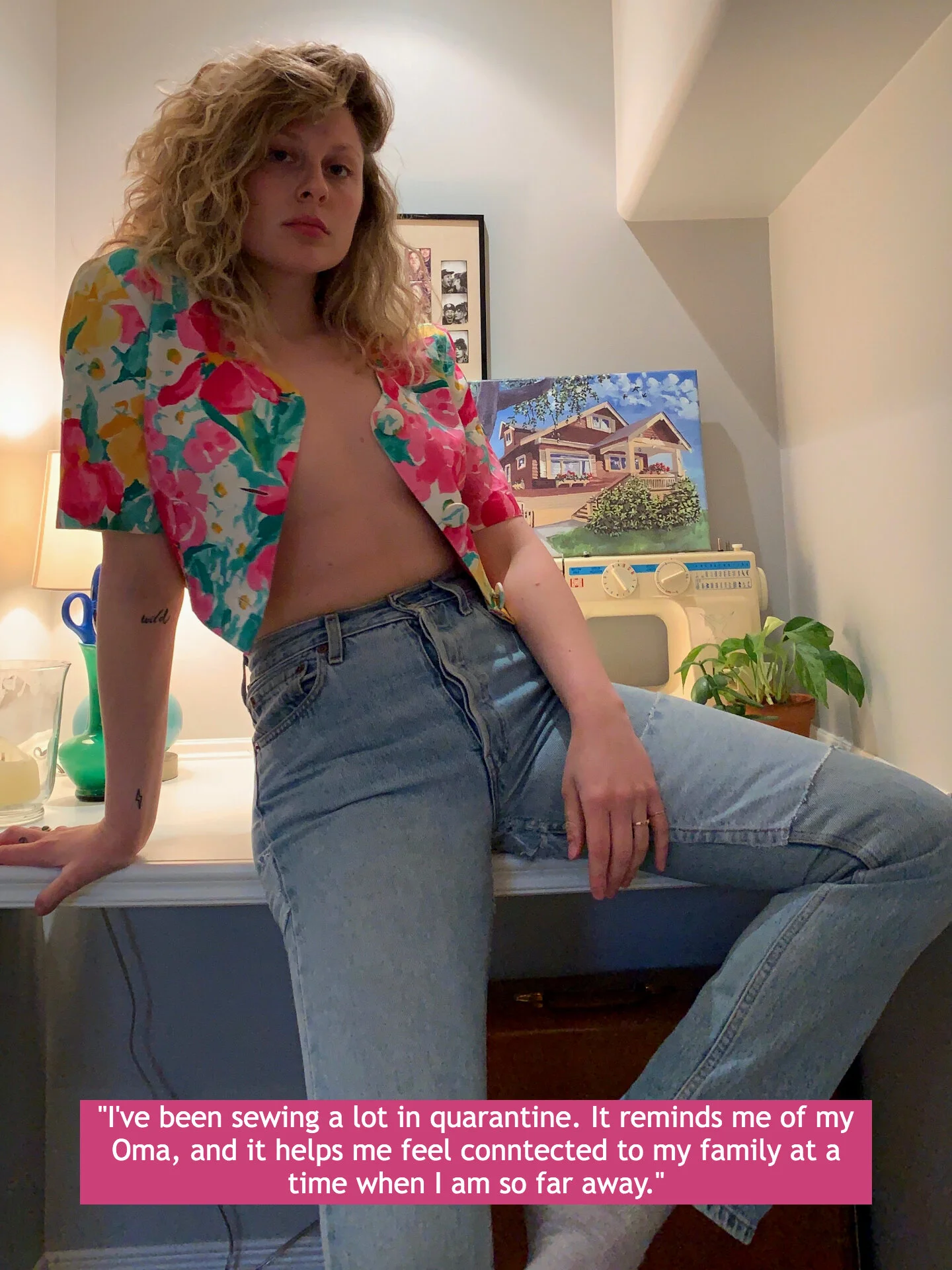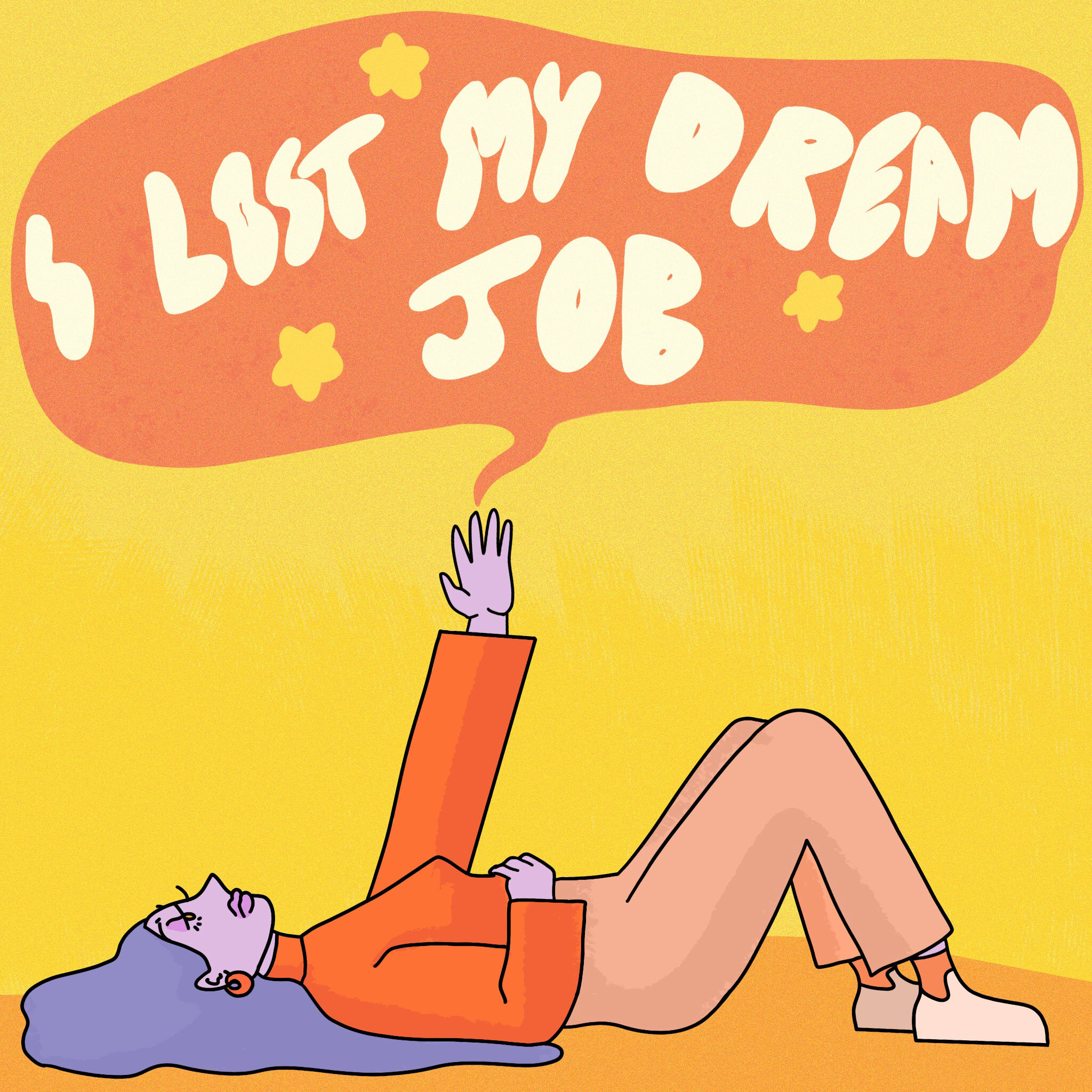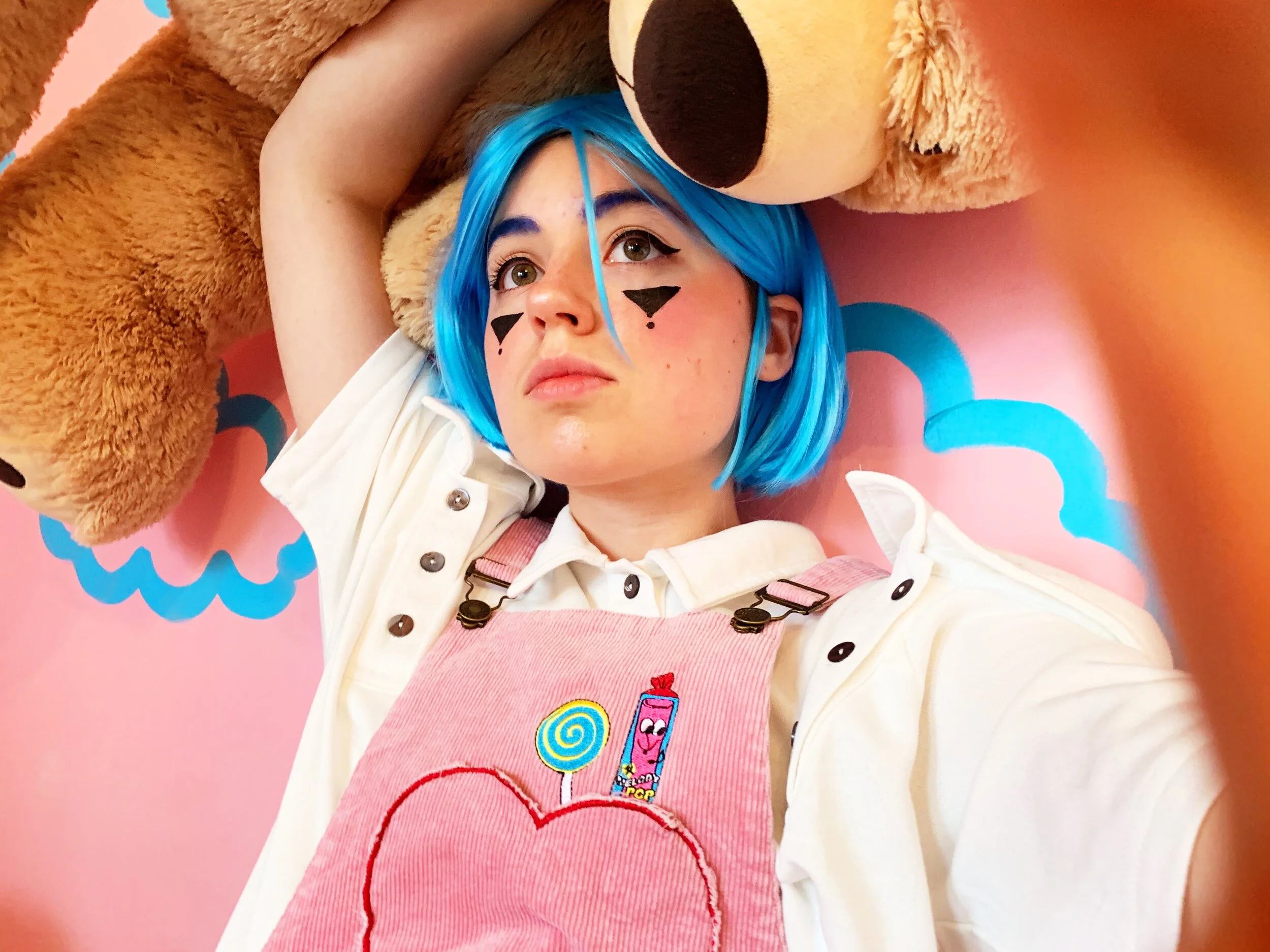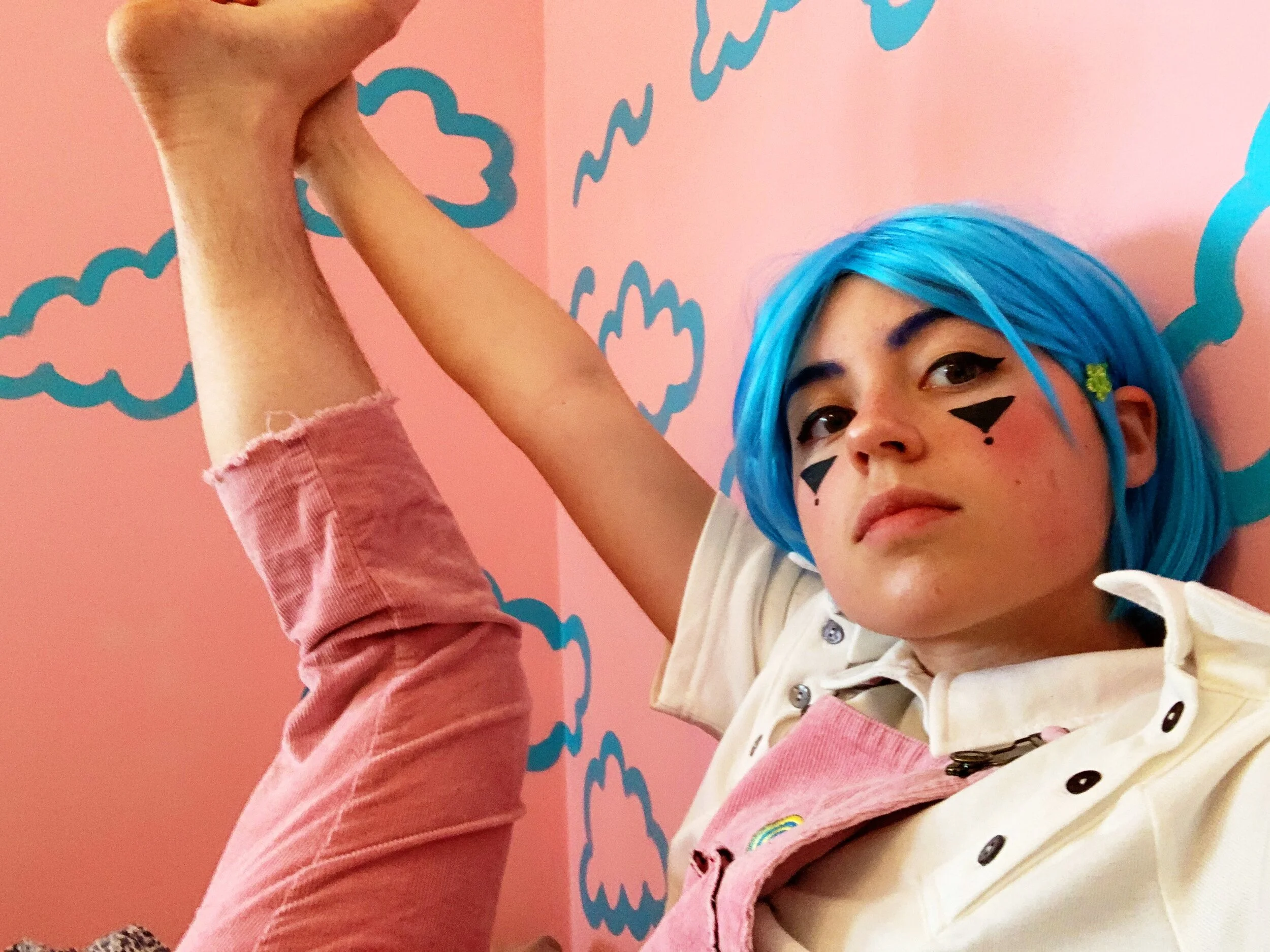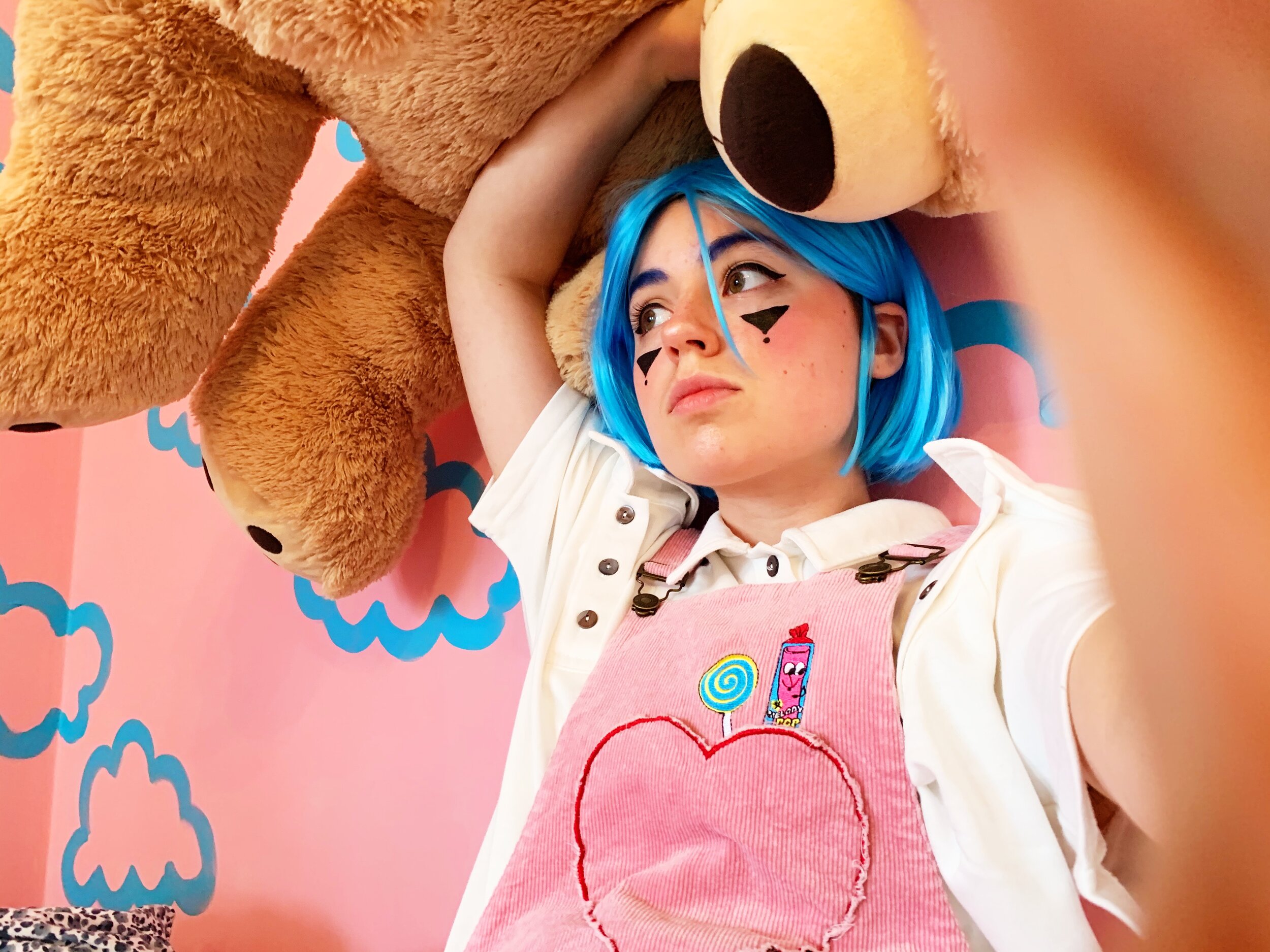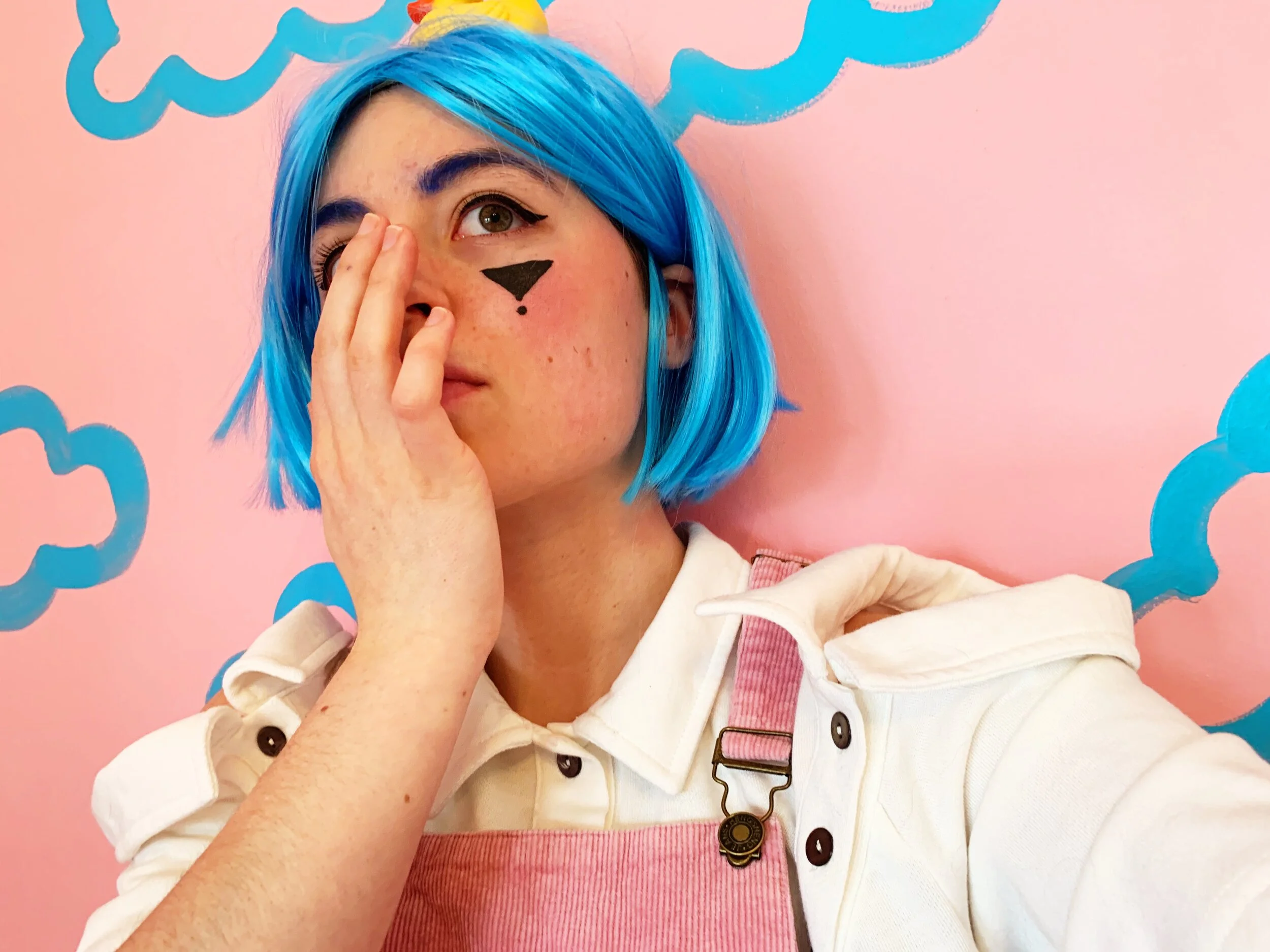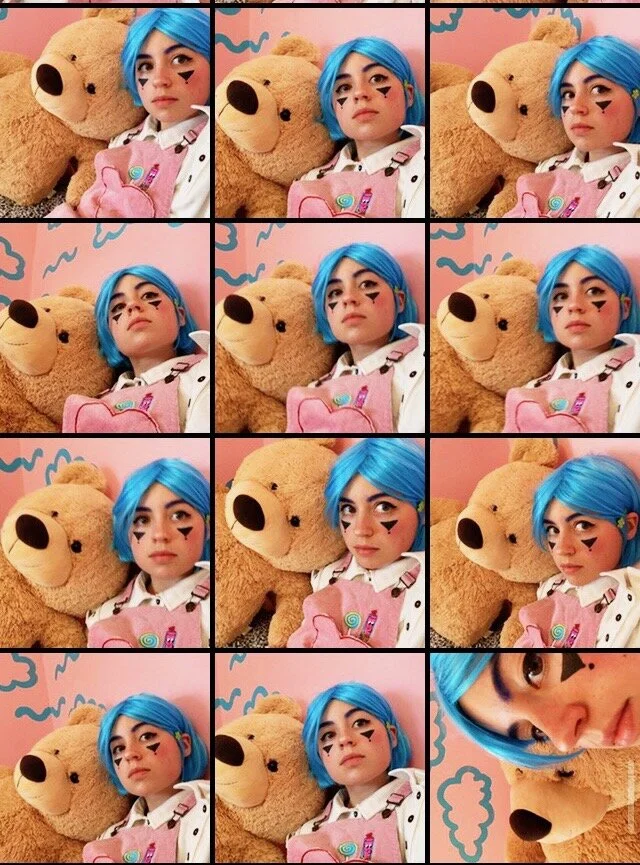Body Journals: Maycie-Ann St. Louis
Illustration by Gabor Beta
This is the first of hopefully many Body Journals - interviews with creatives, performers, artists, and/or anyone with a body on what it’s like to move through the world in their vessel and the many lessons they’ve embodied along the way.
Maycie-Ann St. Louis is a dancer and freelance model, and she expresses herself in both roles with self-awareness and authenticity. We have worked and moved in the same spaces for a couple of years now.
In the pre-COVID world, Maycie and I used to host an “all styles” open space at Disstorsion Studios. Although we were often the only two to show up, we would spend hours flowing around the studio together. I have always admired Maycie’s movement quality and her ability to tell stories through her dancing through her dancing, which only became strengthened after she joined the Contemporary Dance program at Concordia University in 2018.
Who better than Maycie, who is constantly and purposefully expressing and communicating through her body and broadening her movement practice, to interview for this body series?
Maycie by Andy Voss
For this first Body Journal, our conversation began with a check-in about how Maycie’s relationship to her body has changed in our mid-pandemic world.
Maycie: “[I’ve been] trying to stretch and really push my body to a different level of self-discovery. I ended up taking some [online] classes, which have made me feel really introspective.
One thing I unlocked was being able to pinpoint the origin of my dance practice. I would [tell people] I started when I was sixteen because that’s when I started at the studios. However, I realized that doing dance battles in my basement with my siblings, listening to BET, was also part of my dance journey when it comes to street dance or hip-hop culture.
Even further than that, when I was growing up and going to church, I used to do praise dance, which is a dance that you do to Gospel music and hymns. It’s very spiritual and very lyrical. It’s a form of worshipping God in a sense. It’s also very telling of the contemporary vocabulary that I have in my body. So understanding the origin of my dance imprint, I asked myself, ‘How can I keep being true to it?’ I feel like it’s the most authentic and most genuine version of my dance identity.”
When asked about how she first became aware of her body, considering her personal experience with dance and movement, Maycie recalled when she first started taking her identity into account.
Maycie: “Honestly, it’s been about a year... It’s funny because I feel like I just had the epiphany of, ‘Wow, I have a body. And it’s Black.’ Which is a new notion for me to accept. I’ve always just tried to be a body… My Blackness, it’s part of my identity. So, to not own it is to not own myself. But being in school and having this reality of being a Black body onstage, the narrative being created for me based on my skin colour was an epiphany that I had never had before.”
Around the time of that epiphany on her Blackness and her body, Maycie decided to take a year off school to reassess her dance practice and her direction. At the time, she was concerned with whether she was making the right decision. “Now that I look back, I did have to stop school because I was having an identity crisis.”
The epiphany and ownership of her Blackness has presented itself in Maycie’s dance career as well.
Maycie: “I don’t see myself [in the commercial dance scene]… I don’t see a tall, lanky body or Black girls up there that don’t have to emulate this ghetto stigma that they always want to impose on me. When I’m in it, I’m doing what I love. I’m moving, I’m performing. But, once I step back and I think about all the political themes that involve me being involved in that project or taking that gig, I’m like, ‘Ok, I gotta dissect this and I need to be instilled in who I am.’
I feel like I have a responsibility to stand in my identity as a person and as a dancer, so I don’t become a victim of whatever they want me to be. That’s why doing the work over quarantine [was so important], and being like, ‘Ok, this is your dance identity. This is how you started. You feel best when you dance like this and you feel best when you speak like this.’ I’m just trying to hold onto that as tightly as I can.”
Maycie by Jefferey Rosenberg
Maycie’s advocacy for herself also extends to advocating for other Black creatives.
Maycie: “With the movement going on, obviously there are a lot of people now who want to involve Black bodies in their projects.
I can discern when things are done with performative intent. When that isn’t the case, I also have the responsibility to hold those people accountable. I have to be like, ‘Ok, so I’m your first Black model… you have to keep this going.’ It’s a sacrifice. But I’ve noticed that this is nothing new to me, quite honestly. I’ve always just been in situations where I was the only Black person there.
It was so normal to me that I just did my thing. Now, with all the conversations going on, I notice it more. I’m thinking, ‘Okay, this is actually an issue.’ I don’t want to be tokenized.
I’ve started a platform with my two other partners, Black Montreal Creatives, putting forth other creatives here in the city to show that, for example, there’s not only one Black freelance model, there are a whole lot.”
This understanding of her Blackness and her body prompted Maycie to reflect on the importance of learning more about our bodies, in order to learn more about ourselves: “It’s kind of frustrating that like I went my whole lifetime without knowing what was going on in my body. I had an anatomy class in university… It was definitely a revelation. It made me more comfortable with the idea that I can control my body in a sense.”
Maycie expanded on the ideal of body awareness and control.
Maycie: “It goes further than the physical, it seeps through to the spiritual and mental as well. If we were taught the basics of the mechanism of the body in high school, it could create more introspective and responsible beings.
My body has taught me that I am entirely in control of my destiny and what is meant to be mine. Even though there might be people and systems in place that make me feel I need to do one thing, the fact that I am my own organism, that I have these properties in my body that can make decisions and that I can decide to walk left instead of going right… My legs will bring me to the side that's most true to me. That is one truth that my body has been able to guide me to.”
I’m very grateful for Maycie’s honesty and willingness to share her journey and wisdom with me. In the future, she aims to found a dance company of her own, and pursue a career as a dance therapist.
Maycie
Black Montreal Creatives
Simone is a Montreal-based dancer, educator, and writer.
















